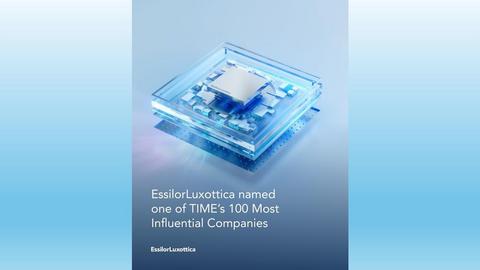Companies news • Analyses & Studies • Publications
IPHUB Asia: The top 5 mistakes to avoid when filing a trademark application

As a business owner, it is very important to secure protection for your trademark to obtain monopoly over it.
Once your trademark registration is approved, you have exclusive rights to use the trademark and to prevent other parties from using it without your prior authorization within a jurisdiction.
However, there might be complications to trademark registrations, and here are five mistakes to avoid, in order to ensure a smooth application process:
1. Not performing an availability search
You have finally decided on the catchy word, symbol or slogan that you will use to market your products, services or company. However, before you go ahead with the trademark filing, it is critical to make sure that the mark has not already been registered by a third party in the particular class that you want to register your trademark in. The availability search will reveal any other similar or identical prior trademarks belonging to third parties which may hamper the registration process of your mark in Singapore.
Some Southeast Asian trademark registries do not provide online search options. Furthermore, the registries’ databases may not be complete or totally reliable. It is therefore advisable to engage a trademark agent who will assess the risk of objection based on the existence of prior identical or similar trademarks.
Actually, this clearance search should be carried out even before using the mark, i.e. before putting hundreds of dollars into promoting a trademark, launching a website, starting SEO campaigns and registering a domain name, to control the risk of being sued by a prior trademark’s owner. Changing a name and rebranding a business is expensive and time-consuming, and one of the most efficient ways to control this risk is to do a proper availability search.
2. Not identifying the class(es) and the goods and services accurately
It is impossible to register a trademark without first identifying the class(es) of interest using the Nice Classification. The Nice Classification was established by the Nice Agreement in 1957 and has been used as a guide for the international classification of goods and services. There are 45 classes as per this classification – 35 of them are related to goods and the other 10, to services.
Once the trademark class(es) has/have been identified, the next step is to list the exact goods and services in each class. Generally, there is no limit to the number of goods and services one wishes to cover in one class, and it is recommended to establish a broad list to obtain the best possible coverage.
This process is quite tedious and time-consuming. However, it is a key component in the trademark strategy as it is impossible to add goods or services once the trademark application has been filed. In addition, each country has its own practice and some goods or services that might be acceptable in a specific jurisdiction might be rejected in another one.
3. Not filing the mark that gives a broader protection
You could file the word mark (in plain font), or a device mark. Or just the logo. Or the mark in black and white, or in colour. Or a series of trademarks wherever possible. Or an unconventional trademark such as a 3D-shape, sound, smell, colour, hologram, letter, number, or packaging. You can find out more about non-traditional trademarks that can be registered in Singapore.
A trademark specialist will be able to advise you in this connection, based on the various practices in the different jurisdictions. There are ways to broaden your trademark protection and this needs to be discussed when establishing a trademark strategy.
4. Not claiming priority whenever possible
The first-time applicant of a trademark is granted the right to claim priority when filing applications for the same trademark in other countries within a 6-month period, starting from the date of the first filing. If priority is claimed, then the second application will be considered as having been filed on the same date as the first filing. As such, the applicant will enjoy prior rights against applications filed by third parties since the date of filing in the first country.
Not claiming priority might be detrimental if a third party has filed a similar or identical trademark within six-month period prior to the second application. It is recommended that whenever possible, priority should be claimed. Read more about a priority claim in a trademark application.
5. Not seeking the assistance of an IP specialist
As described above, there are potential pitfalls to be avoided when filing trademark applications. An IP expert will help you anticipate certain issues which will make you save money in the long run. In addition, they will help you overcome possible objections to your trademark application that might arise during the examination process. They will know exactly what needs to be done, and how to go about it.
Please keep in mind that filing a trademark is not complicated. However, it is important to get the registration right so you can defend your rights effectively whenever necessary.
At IPHub Asia, we can help you build a strong trademark portfolio. If you need any help in this regard, or with sidestepping trademark application mistakes, do get in touch. You can also visit our website to learn more about our services.


